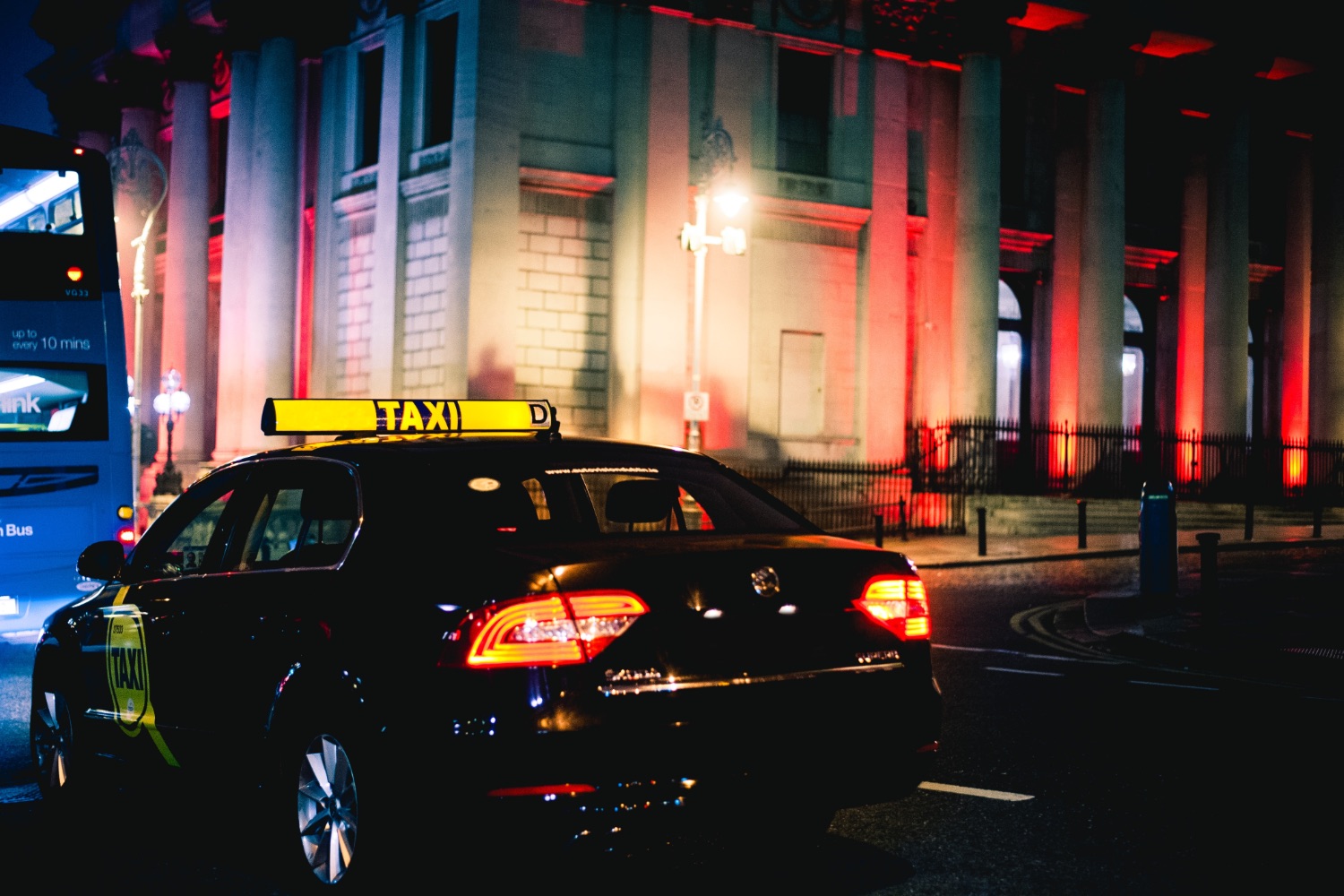New figures show that most counties in Ireland still haven't recovered their taxi driver numbers since before the pandemic, despite more people living in the country and more tourists arriving.
According to data from the National Transport Authority (NTA), the total number of taxi drivers nationally has only risen by one per cent since 2019. However, the actual number of taxis in operation has dropped by more than four per cent.
This slow growth is heavily centred in Dublin. Outside the capital, taxi numbers are still falling, with some counties experiencing double-digit declines since 2019.
Monaghan, for example, has lost nearly 29 per cent of its taxi drivers, while Wexford, Longford and Offaly have all seen drops of over 20 per cent. Some areas, such as Mayo, Leitrim and Sligo, saw no improvement at all between 2023 and 2024.
Although there has been some recovery in counties like Dublin, Limerick and Kerry, ten counties experienced either no growth or further decline in driver numbers in the past year. Industry groups say this shortage is having a knock-on effect on night-time transport, tourism and hospitality, especially in rural areas where public transport options are limited.
What's behind the taxi shortage?
One of the main reasons cited for the lack of new taxi drivers is the current rule that all new taxis must be wheelchair accessible vehicles (WAVs). These vehicles can cost more than €60,000, and while a grant system is in place to support drivers, demand far outweighs supply. The WAV grant for 2025 was fully subscribed within 15 minutes of opening. This pattern was repeated in 2023 and 2024.
The NTA has said it would take 25 years and nearly €300 million to make every taxi wheelchair accessible, and some in the industry argue this target is unrealistic. They also point out that electric or hybrid WAVs are limited in availability, making it harder for drivers to meet environmental targets.
While the WAV rule was introduced to improve accessibility, critics argue it is having the opposite effect. Kieran Harte, Head of Uber Ireland, said: “The current requirement for all new taxi entrants to operate wheelchair accessible vehicles, while well-intentioned, is having the opposite of its intended effect”.
“It's creating a significant barrier for many would-be drivers who simply cannot afford or access these specialist vehicles. As a result, fewer new drivers are entering the industry, and the overall supply of taxis in Ireland is stagnating. At the same time, wheelchair users - who this policy is meant to support - are now facing increased competition for accessible vehicles from passengers who do not need them. This has left many wheelchair users waiting longer and struggling to find the service they depend on."
Are some services doing better than others?
Limousine licences, which are not subject to the WAV requirement, have grown by 27 per cent since 2019. Industry groups say this is further evidence that the rules are making it harder to enter the regular taxi market.
The Taxis for Ireland Coalition - a group that includes the Restaurants Association of Ireland, tourism and event groups and transport companies like Bolt and Uber - is now calling for a change to the rules.
The group says that without more taxis on the road, especially outside cities, businesses and passengers will continue to suffer. As it stands, they say the system does not serve the people who need it most, including wheelchair users, rural residents and hospitality customers trying to get home safely.

